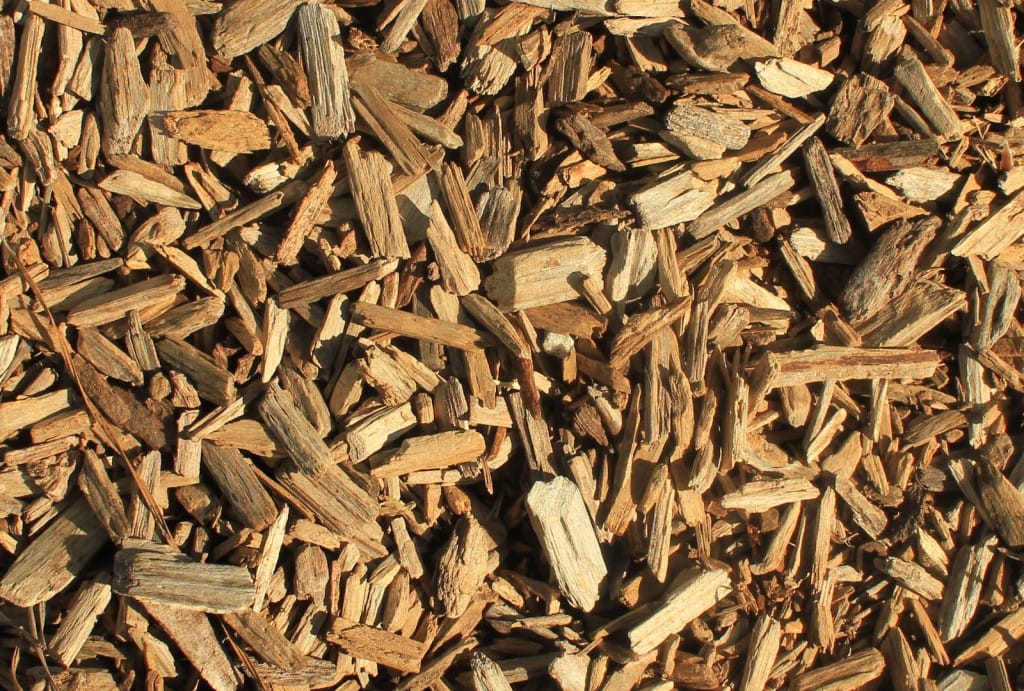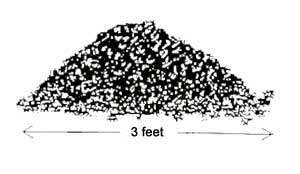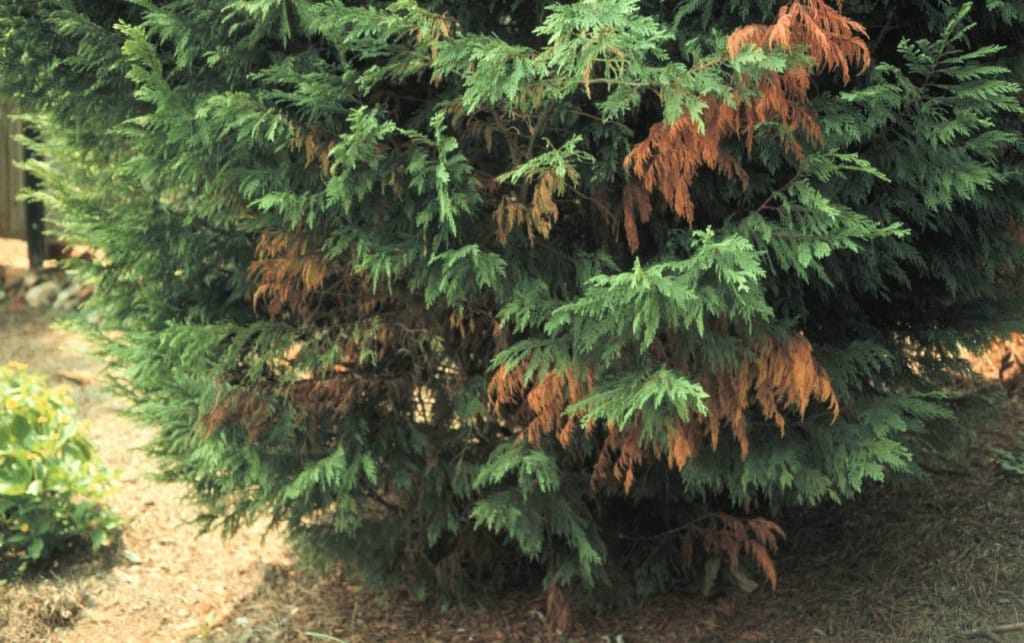Source(s): Gary R Peiffer
Powerful tornadoes and thunderstorms often rake across Georgia in the spring. Trees fall, limbs are snapped and landscapes are devastated. After a storm, homeowners, landscapers and tree companies are faced with mounds of wood chips that must be used on site or taken to a local composting facility.
Homeowners may have questions about using chips in their landscape. Here is a collection of pointers from Dr. Kim Coder, Extension Forest Resources Specialist:
- The use of chips as mulch for shrubs and trees is absolutely their best use. Chips conserve moisture, prevent weeds and grass growing in the root area and keep the plant roots cool.
- The appropriate thickness of the layer of chips depends on the proportion of “fuses” in the mix. If you hold a double handful of the chip mix in a breeze and let it sift through your fingers, the fines (small pieces of leaves and needles) blow several feet away. The heavy, coarse chips fall to the ground quickly.
- If there is a high proportion of fines, the chip layer should be 2 inches thick.
- If the mix is mostly coarse chips, the layer can be up to 4 inches thick.
Homeowners may be worried about the chips poisoning their plants. In scientific terms, this is called “allelopathy”. You are probably aware that black walnut trees prevent many plants from growing underneath their canopy. But walnut chips exhibit very little allelopathy. In fact there is rarely a reason for a homeowner to be concerned with this problem. Only in unusual circumstances do wood chips inhibit woody plant growth. If a chip pile is rained on a few times before it is spread, all of the tannins from oak trees (which might harm willows and shallow-rooted trees) will be washed out.
Use caution before spreading pine chips under pine trees. The chips are strongly attractive to the black turpentine beetle and moderately attractive to the Southern Pine Beetle. It is best to use pine chips under hardwood trees and shrubs. Use hardwood chips under pine trees.
Suggested uses for wood chips:
- Mulch
- Parking areas
- Nature trails
- Dog runs
- Playgrounds
- Soil amendment (if piled in one place to rot for two years)
Resource(s):
Composting and Mulching
Center Publication Number: 21


